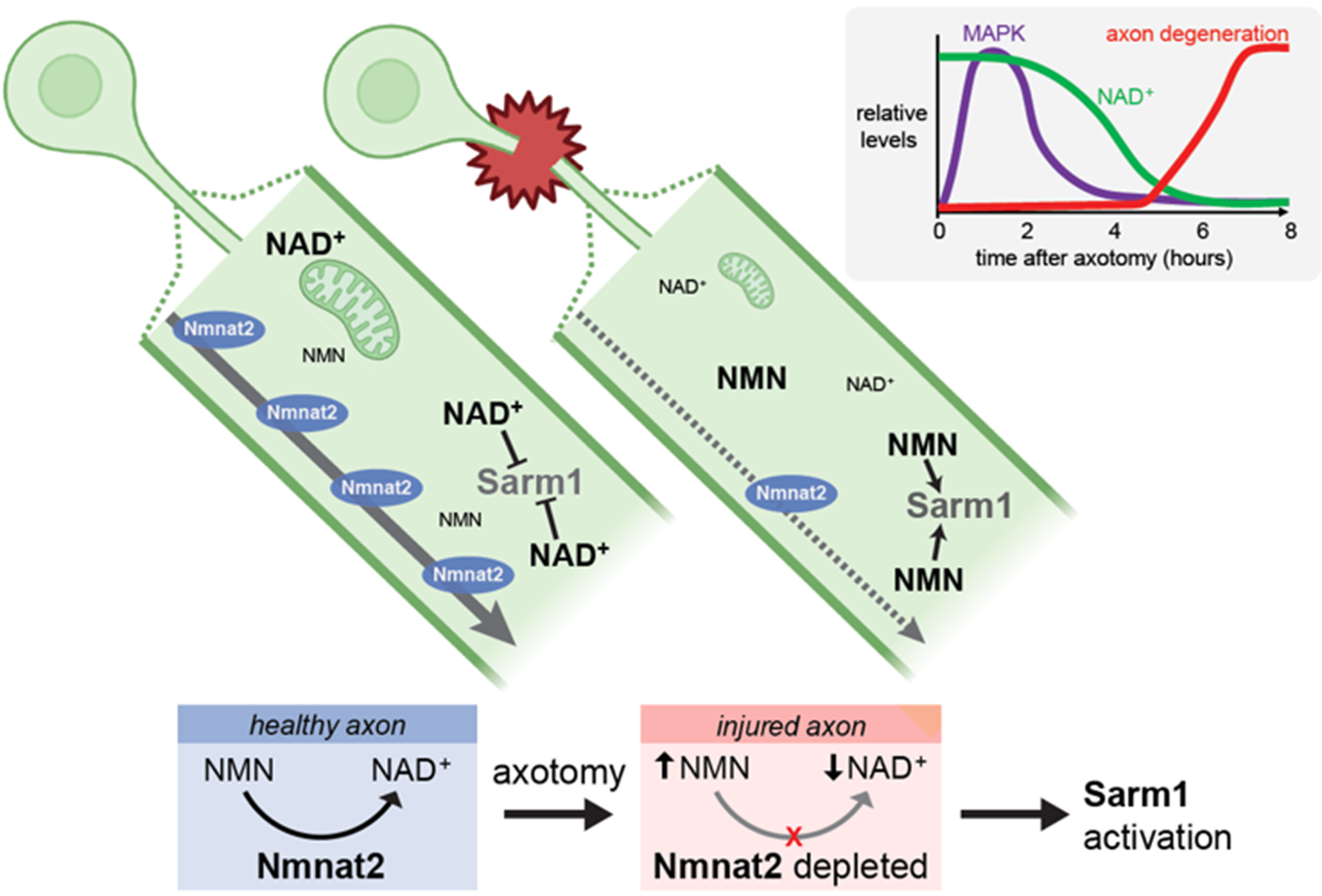You are here
SARM1 Signaling In the Injured Nervous System
Speakers
Abstract
Axon degeneration is a prominent feature of the injured nervous system, occurs across neurological diseases, and drives functional loss in neural circuits. We discovered that injured axons are capable of actively driving their own destruction through the sterile-alpha and TIR motif containing 1 (SARM1) protein. Early studies of Wallerian degeneration highlighted a central role for NAD+ metabolites in axon survival, and this association has grown even stronger in recent years with a deeper understanding of SARM1 biology. This seminar will discuss our current knowledge of SARM1 function in vivo, and our evolving understanding of its complex architecture and potential regulation by injury-dependent changes in the local metabolic environment. The field is converging on a model whereby SARM1 acts as a sensor for metabolic changes that occur after injury, and then drives catastrophic NAD+ loss to promote degeneration. However, a number of observations suggest that SARM1 biology is much more complicated, and there remains much to learn about how SARM1 governs nervous system responses to injury or disease.

Nmnat2/NAD+ depletion model for axon degeneration
Nmnat2 is a survival factor transported down axons from the cell body that generates NAD+ from NMN. After axotomy, the labile Nmnat2 molecule is depleted from distal severed axons, NAD+ drops, NMN rises, and Sarm1 is activated. In mammalian neurons MAPK signaling (based on MKK4/7 phosphorylation) in axons peaks early, NAD+ drops hours later, and axon fragmentation begins. Time reflects events in DRG primary cultures, in vivo times are much longer.

